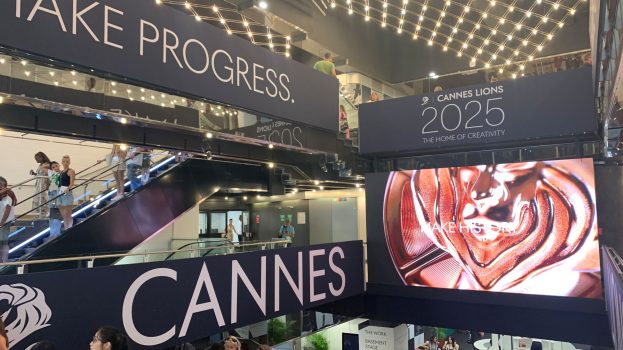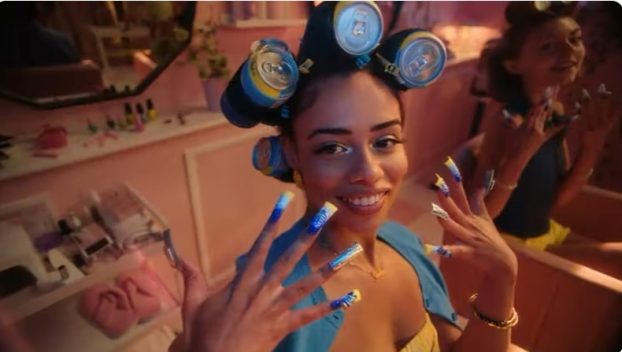
Don’t get me wrong – there’s a lot to dislike about a crypto billionaire dropping more than $6 million on an artwork comprising a banana duct-taped to a wall. But the story sparked a backlash that I believe is concealing some really powerful lessons for marketers about the true meaning of value, and the awesome power of irrationality.
Does the world of art sometimes come off as being distasteful? Sure. Are there countless real problems in the world that money could have been used to solve? Absolutely. And was the buyer, Justin Sun, being deliberately provocative when he told reporters that the multi-million dollar fruit “tasted much better than other bananas,” having unceremoniously eaten it?
You bet.
But take a step back. I’ve been really intrigued by some of the overwhelmingly negative responses to this story, especially from people in the marketing and advertising industry.
Because what’s really fascinating about this whole episode isn’t a meandering debate on the artistic quality of duct-taping a banana to a wall, but rather what it tells us about why duct-taping a banana to a wall is objectively valuable.
Context is everything. Maurizio Cattelan, the creator of this particular piece of art (named “Comedian”), is a near-legendary figure in the art world, having established a reputation for
pranks and satire alongside hyper-realistic sculptures and installations. So when you are buying “Comedian” from Maurizio Cattelan, you are not buying a banana duct-taped to a wall.
You’re buying his latest joke and, better yet, by eating the banana, you’re going to become a part of the joke yourself.
In other words, the artwork isn’t a product – it’s an idea. Isn’t this a concept that marketers should feel innately familiar with? Isn’t this what we do? By taking away the context of the art and saying it’s “just a banana on a wall,” you are of course removing its value. Because context is value and, sometimes, what people truly want can be more than a little irrational.
In advertising, it’s emotional and irrational decisions that so often drive success. To pick out a random example, imagine trying to make a rational case for selling chocolate bars with a gorilla playing the drums to Phil Collins’ “In The Air Tonight.” What’s the rational case for selling a TV by dropping a load of brightly-coloured balls from the top of a hill? The power of these ideas lies in their irrationality and the way they surprise us through their difference – not unlike a banana on a wall.
The problem for so many of us in advertising is that we suffer under the tyranny of logic. We get stuck in safe assumptions about the behaviour of audiences that we’ve compartmentalized and studied through flawed or narrow windows. We need to make space for irrationality, even when it might look weird or stupid at first. In fact, especially when it looks weird or stupid at first.
That’s not to say that we should just start flinging stuff at the wall and see what sticks (with the help of duct tape or otherwise). Breaking down the story of “Comedian,” it’s not hard to see how we got here. You begin with an understanding of the social status of collecting art, and then add the cultural context that this is an ironic piece which is designed to degrade even the person who buys it, which compounds with the concept of scarcity in that only one person can be that buyer and be part of this experience. Combine all of that together and it isn’t hard to see why an extremely rich person would want to buy this art. Even the most irrational of outcomes can have rational underpinnings – which is why we needn’t be so scared of irrationality in the first place.
As marketers, we’re interested in what makes people buy stuff. So when our preconceptions around value are challenged, we should sit up and take notice. Perhaps there is something that any advertiser can learn from the clamour to buy “Comedian” – that human beings are unpredictable.
And that instead of trying to paper over that unpredictability or ignore it, brands would be better served by embracing it.
Matt Litzinger is the founder and COO of The Local Collective.























